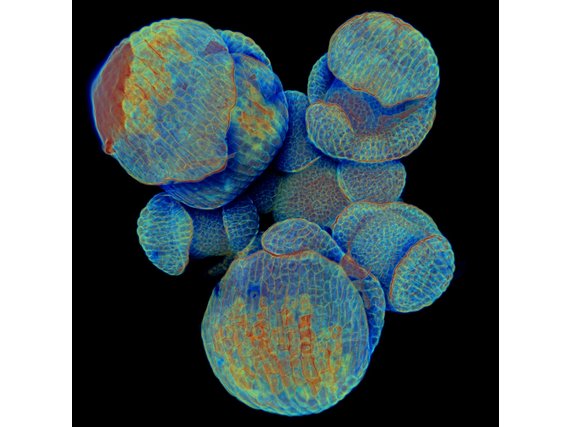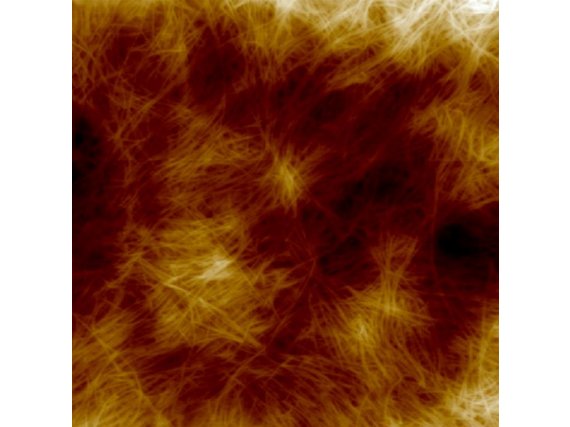Plant Cell Biology and Morphodynamics
Understanding design principles behind plant morphogenesis
How life forms attain their specific shapes and modify their growth patterns in response to environmental and chemical signals has been the subject of numerous studies. The group’s research program investigates aspects of cell wall deposition and remodelling, factors that act as major determinants of plant growth. More specifically, the group aims to discern what processes regulate when and where a particular cell wall polymer is synthesised and deposited, what are the molecular players involved in such an activity, and how this affects growth and form of cells and tissues.
Current research questions in the group are highly interconnected:
- How do mechanical forces orchestrate morphogenesis at cellular and tissue scales?
- What are the molecular factors involved in transduction of mechanical signal to the cytoskeleton?
- How do cell wall and cytoskeleton status affect cellular growth rates and directions?
- How does mechanical feedback between cells influence gene expression and morphogenesis?
The group addresses these questions using an approach termed “Morphodynamics”. This relates to the extraction of quantitative data on spatio-temporal changes in gene expression patterns and protein dynamics using advancing imaging techniques as cells grow and divide. This, in combination with molecular and physical perturbations, allows for testing and developing hypotheses on the importance of cell wall and cytoskeleton during morphogenesis, an area of both fundamental and practical importance.










